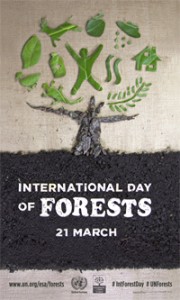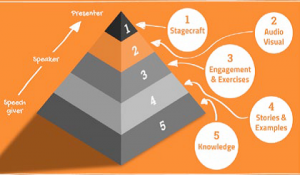 What can you do to give your sponsorship proposal the best chance at success? Here are 5 Laws of Sponsorship Proposals from Abby Clemence at Infinity Sponsorship. Use them wisely:
What can you do to give your sponsorship proposal the best chance at success? Here are 5 Laws of Sponsorship Proposals from Abby Clemence at Infinity Sponsorship. Use them wisely:
1. Save Your Precious Time
Never send out a ‘cold’ proposal without first starting a conversation. You’ll save time, money and heartache if you pick up the phone first and ask questions to discover whether there is a ‘fit’ between your organisations.
2. It’s Not About Your Needs
A potential sponsor knows what you want. Make your proposal about how they can become more successful by aligning with you. It’s not about logo overload all over your website.
3. A Proposal is a Taster
It’s a discussion starter, not the final word on sponsorship with your event or organisation. Make sure you convey the message that you want to dive deeper in conversation once they’ve read your proposal.
4. Avoid “Logo Overload”
If all you can offer is logo placement, you have misunderstood the power of the sponsorship relationship.
5. Get it Professionally Designed
Just do it. Your proposal is competing with untold numbers of other not-for-profits, events and marketing opportunities for sponsors. You’ll want to stand out. Trust Abby!
 What a great idea! A Young Artists’ Program!
What a great idea! A Young Artists’ Program!






 Our Community published this short but compelling piece of advice about annual reports from Disruptive Media in its latest Our Community Matters ezine:
Our Community published this short but compelling piece of advice about annual reports from Disruptive Media in its latest Our Community Matters ezine: